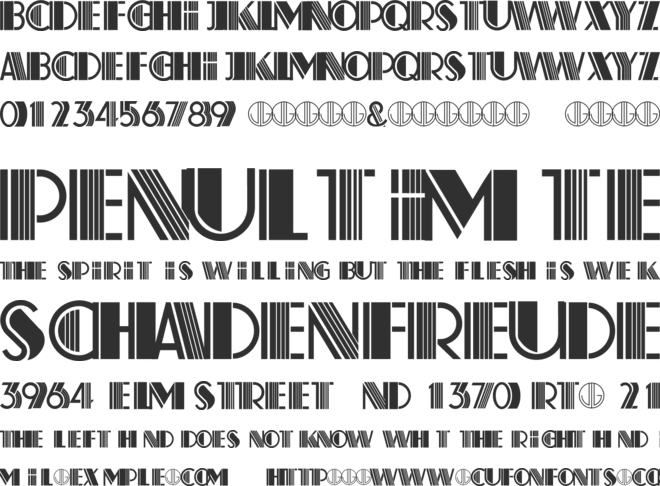

In general, the intertitles-the text used in silent movies to convey dialogue-look right. This may be what they were inspired by, but as you may be able to see, it was hand lettered, and much more charming because of that. Here is a title from the 1946 film Étoile Sans Lumere, which has a similar style, for comparison: Maybe it’s the little hook on the lowercase “l” or the tilt of the uppercase “C” that feels more 1970s than 1920s to me: It has an appropriately Art Deco feel, but there’s something not quite period about it that I can’t put my finger on. It’s not lettering, so that’s wrong, especially since it makes it look more uniform than it should be. I can’t decide if this custom font works or not. The opening titles are okay, but not great.

But for all the attention they paid to other period details, there is something slap-dash about the way this stuff was handled in The Artist.

Some are even made to look that way (I’ve made a few myself). If you’re careful, it is possible to get close to the look of lettering with modern fonts. Things that are so easy for us to do with type today were practically impossible back then, which provided plenty of work for letterers. It just wasn’t as flexible as someone skilled with a brush. There were too few styles, too few sizes. Type-and it would have been metal type, back then-was not up to the job. Movie posters, signs, magazine covers, movie titles and credits-back in the 1920s and 1930s, that kind of thing was almost always lettered by hand. Except for things like newspapers, a few other small props, and the intertitles (more on these later), type would not have been used. Others are not quite from the era or were applied in an anachronistic way-for example, using negative line spacing, which is impractical to do with metal type.īut the real problem was that they used type at all. Most of the fonts they used looked more or less right for the 1920s, although quite a few were badly made free fonts (or badly made commercial fonts-those exist, too). After all, there are recognizable modern actors in it, like John Goodman and James Cromwell. The sets, the costumes, the makeup, the lighting, the camera work, the acting-even the way it’s written-makes you almost believe you are watching a classic of the silent era. The Artist mimics the look and feel of a late 1920s silent film. I’ve seen it, and it’s good, but I confess that I had to force myself to ignore most of the type in it in order to enjoy it. It seems to say something about the state of movies today that a black and white, silent picture-not even wide screen-wins the big prize. The Artist won this year’s Oscar for Best Picture about a week ago.


 0 kommentar(er)
0 kommentar(er)
